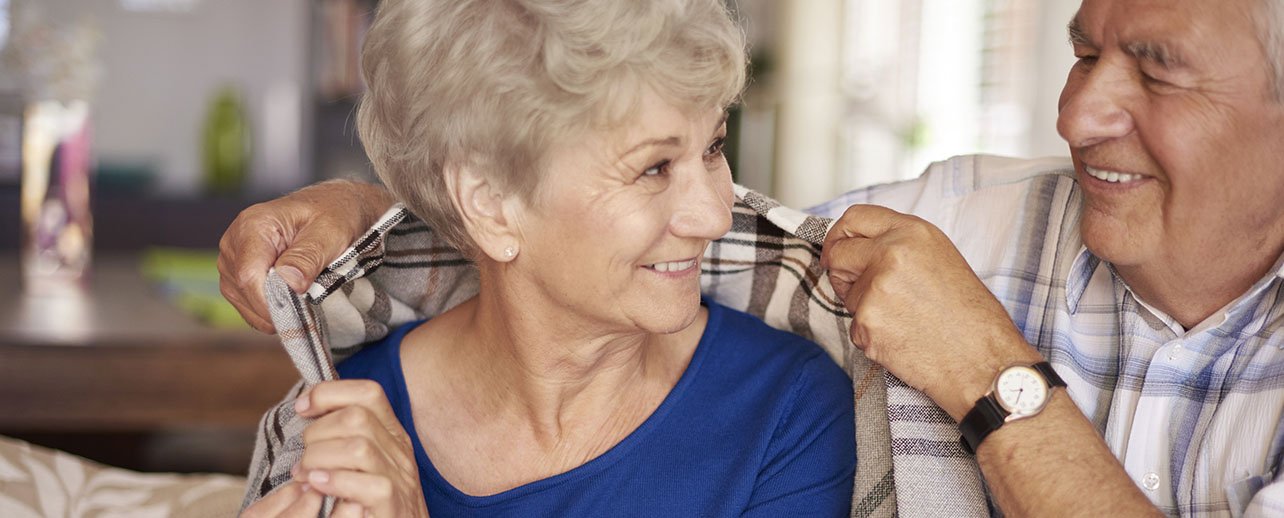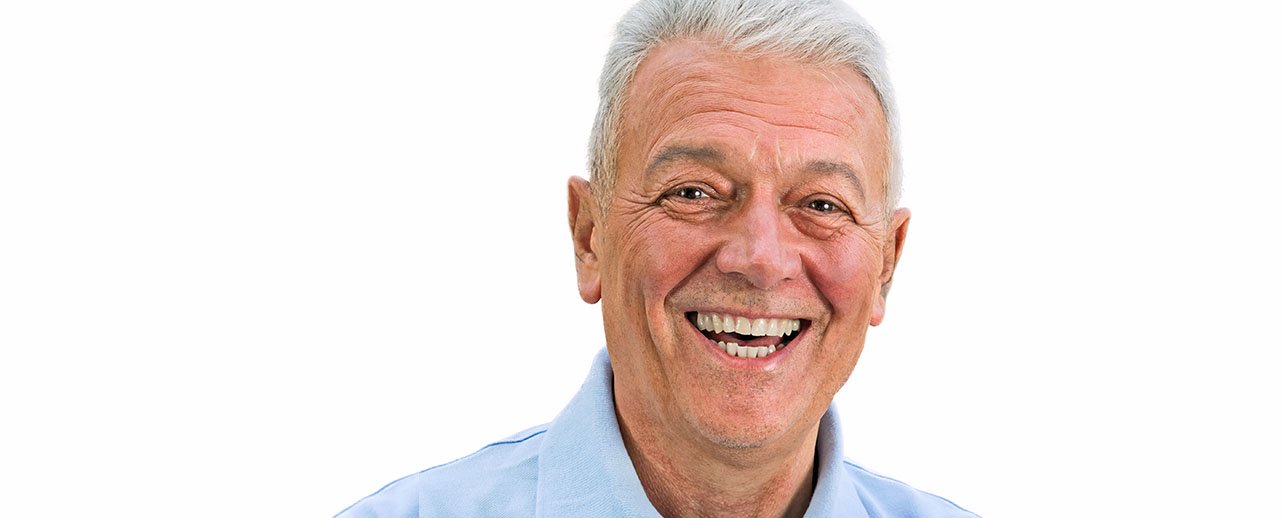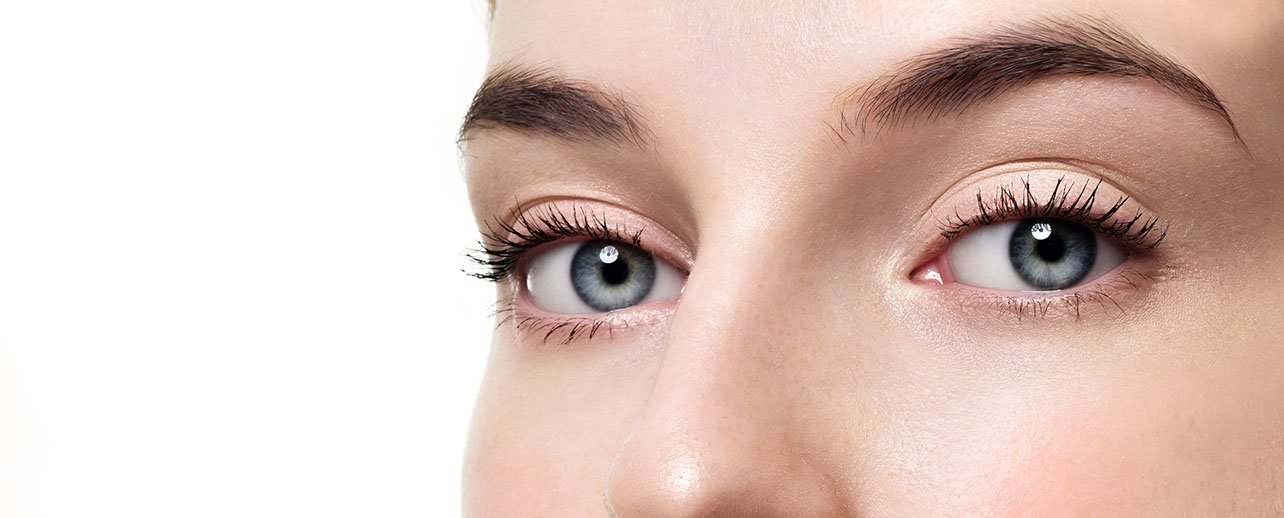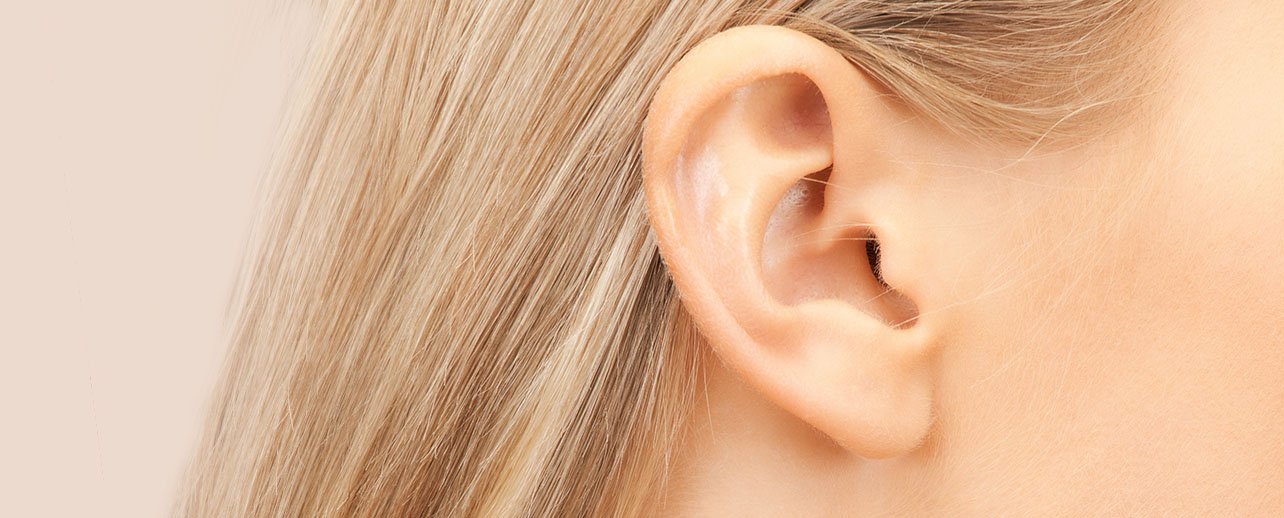
Craniofacial Reconstruction - Congenital and Acquired
Craniofacial reconstruction consists of any manipulation of the skull, facial bones, and overlying soft tissue. In childhood, these procedures include cleft lip and palate repair, syndromic reconstruction, vascular anomalies, burns, and skull reconstruction.

Facial Anomolies Resulting from Skin Cancer
Skin cancer is a common diagnosis occurring on any surface area exposed to a moderate amount of sunlight. After removal with a laser or skin excision, often there remains a defect needing coverage on the patients face. These wounds can be extensive and require surgical care via soft tissue manipulation.

Facial paralysis – facial reanimation (nerve graft, nerve rejuvenation)
Children and adults can experience facial paralysis due to malfunctioning of the facial nerve. This nerve is on either side of the face and can affect upper face, lower face, or both. Expression, speaking, eating, and breathing can all be negatively affected by this disease.

Fat Grafting
Fat grafting combines liposuction and injecting adipose or fat cells to different areas of the body. Liposuction uses a cannula or suction device to remove fat from underneath the skin. This fat is then processed in an external system and prepared for injection into regions that need volume.

Mohs reconstruction
Mohs surgery allows for accurate margins when resecting skin cancer. This is extremely important in vulnerable areas on that face and scalp, which are visible in everyday life.

Orbital surgery
The orbit consists of bones housing and protecting the eyeball and all surrounding muscles and nerves. A variety of problems can occur to affect this area. Trauma or direct injury to the orbit can result in a fracture.

Orthognathic Surgery
Many patients have misalignments of either the upper or lower jaw, which may be visibly noticeable to others. Similar to the cosmetic asymmetry that may exist, these structural variations can also affect sleeping, eating, and breathing.

Deviated Septum (Septoplasty)
Rhinoplasty can also be performed to address breathing issues caused by a deviated septum. The septum, or cartilage piece between the two nostrils, can be misshapen in many different directions.

Nasal Fracture
Most often as a result of traumatic injury, nasal fractures can occur via direct contact to the nose, accident, or fall. Additionally, injuries primarily affecting the mouth or teeth may also disturb nasal structure and architecture.

Ear Reconstruction Following Cancer or Trauma
Ear reconstruction generally takes place after removal of a cancerous lesion or acute traumatic injury to the ear. These procedures can be extremely complex due to the three-dimensional nature of the areas anatomy.

Lesions Excision
Lesion excision refers to the complete removal of an area of skin generally under the circumstance of a cancerous growth, but also for benign conditions or for appearance.


